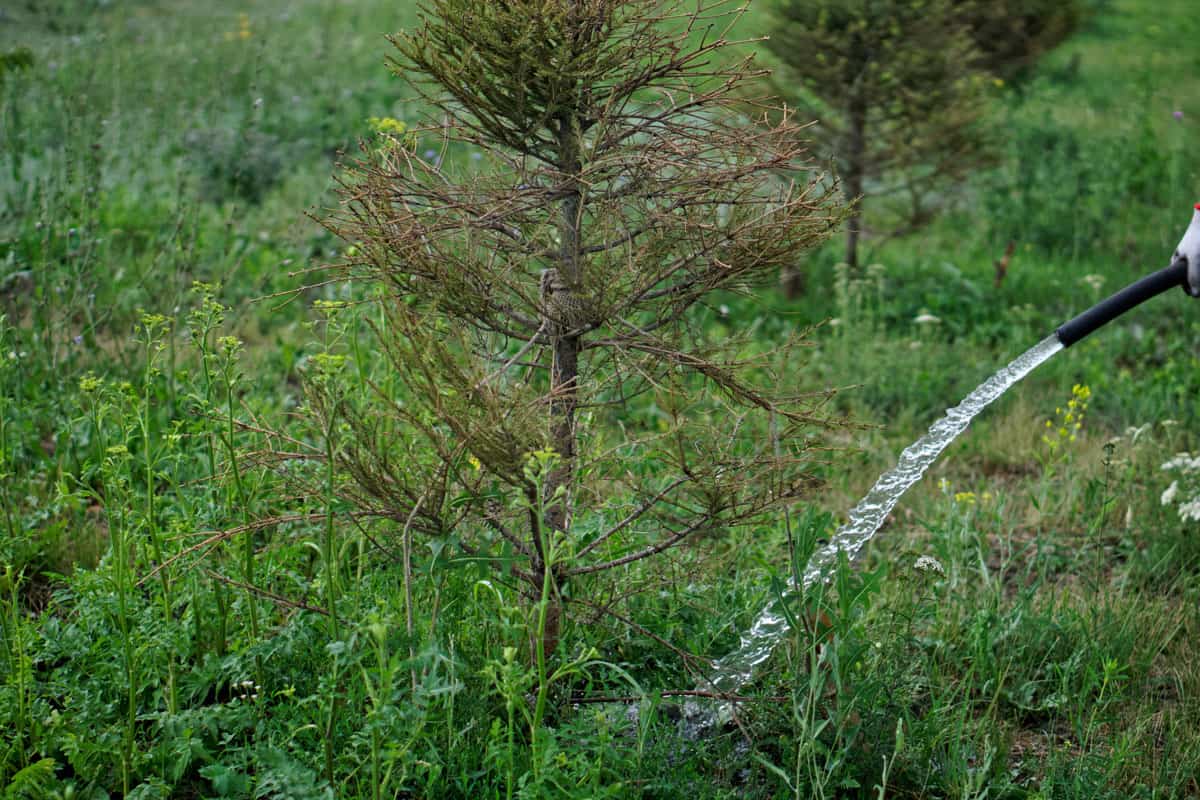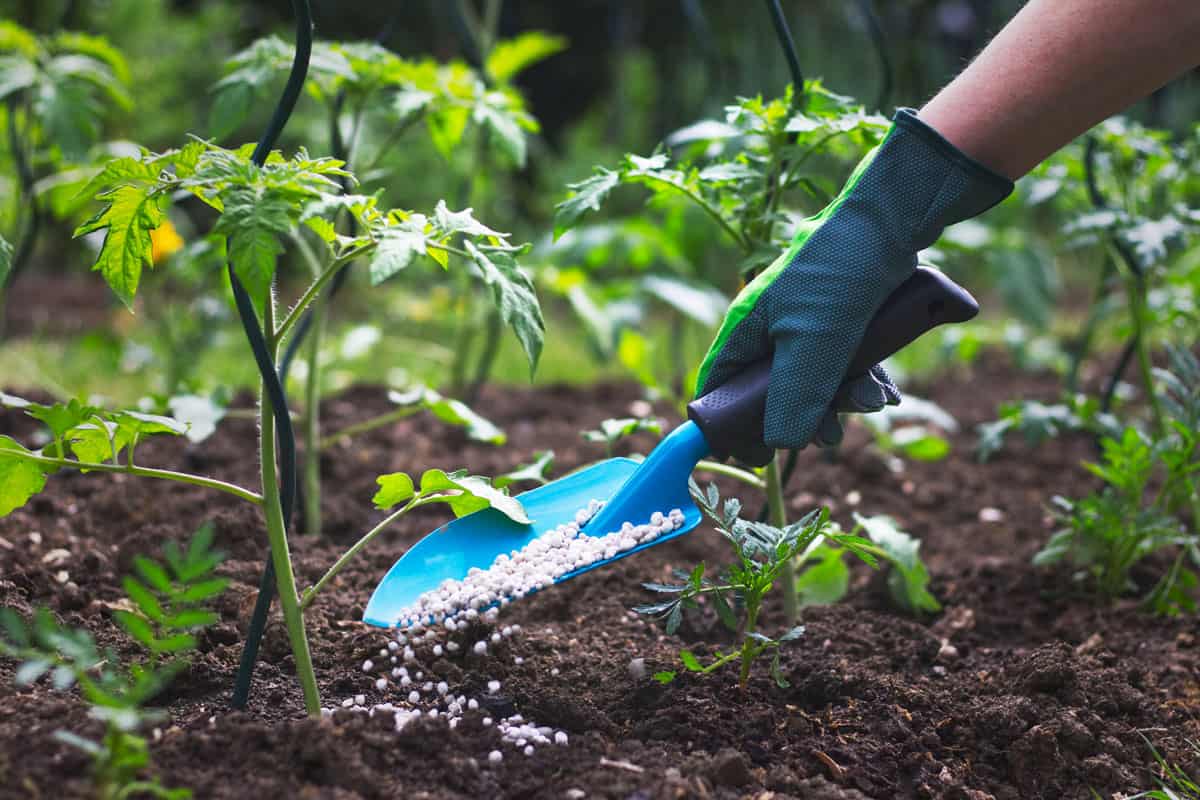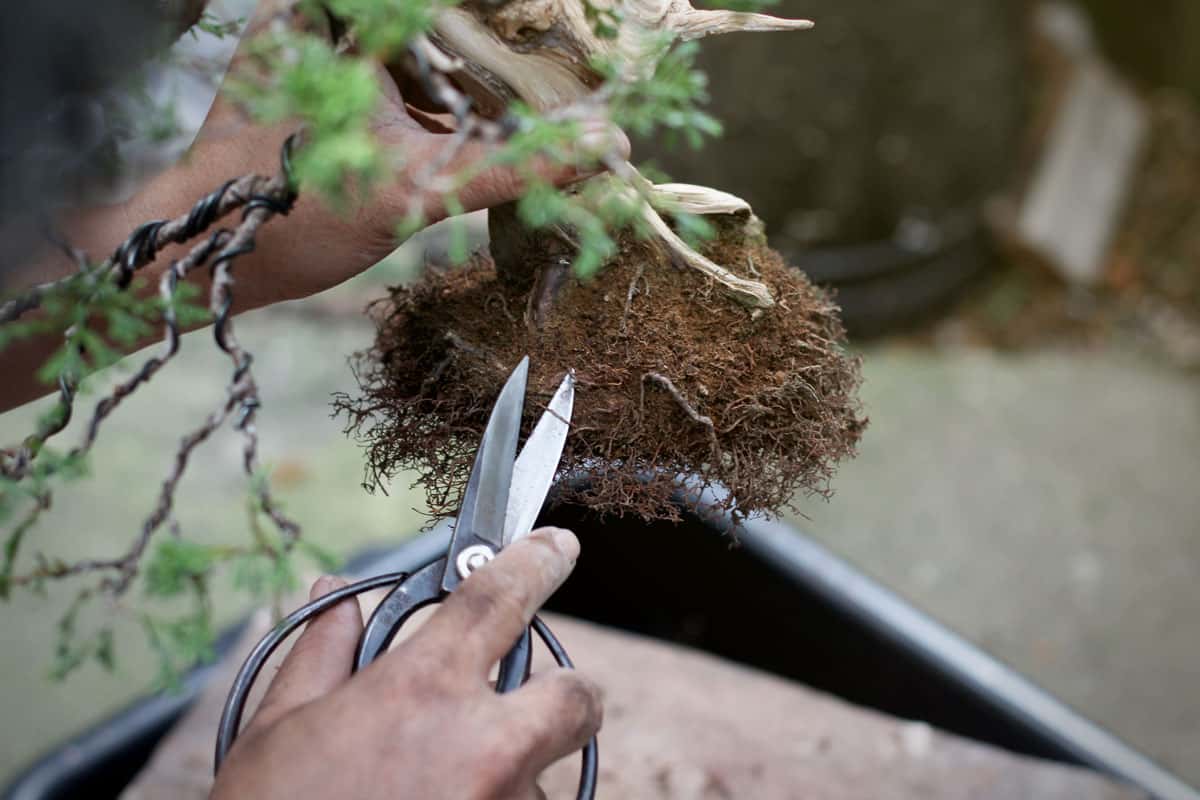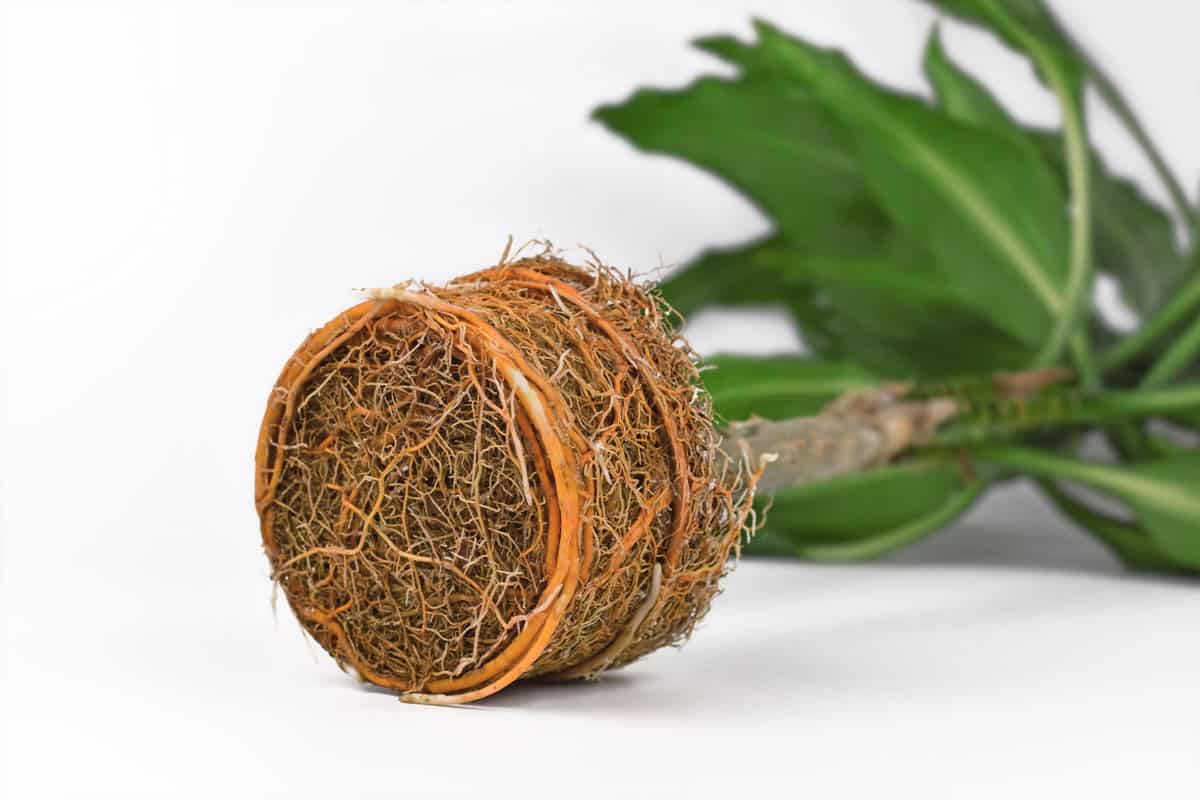Would you like to know if you can cut the taproot of a plant? Well, we have researched this topic and have answers for you. It's vital for your plant's health to understand if you can cut its taproot.
You can cut the taproot of a plant, and it will regrow its roots. The new root growth will not be as strong as the original taproot but will be stronger if the taproot was previously root-bound.
In this article, we will talk more about whether you can cut the taproot of a plant. We will also learn the answers to other interesting related questions, such as how do you fix root-bound taproots, and do you need irrigation for a tree with deep taproots? Keep reading to learn more.
Can You Cut The Taproot Of A Plant?
You can cut the taproot of a plant, and it won't harm it. When the taproot of a plant is cut, it will start to regrow secondary roots. The secondary roots will be capable of supporting the plant but won't be as strong as the original taproot.
While the taproot is stronger than secondary roots, for many plants, the taproot is already compromised. When plants are grown at a nursery, they are kept in pots or bags and transferred to larger containers as they grow. The containers that the plants are grown in constrict the taproot and prevent them from growing deep.
When the taproot can't grow deep while the plant is young, it will begin to coil around itself. Even when the plant is transferred to a bigger pot or the ground, the taproot still won't grow down.
If you grow a plant in the ground from a seed or seedling, the taproot will be able to grow deep and establish a firm hold. If you cut the taproot of a plant grown in the ground its whole life, it will decrease its strength but survive without significant consequences.
How Do You Fix Root-Bound Taproots?
If you are transplanting a plant with a root-bound taproot, there is an opportunity to fix it. When the plant's roots are exposed, you can cut away the twisted part of the taproot. Cutting off the twisted part of the taproot will give the plant a chance to grow new roots downward.
The roots that grow off the taproot will not be as thick as the original taproot but will be more stable than a twisting taproot.
Start by rinsing away the dirt on the roots to expose the taproot. Near the base of the plant, you should be able to see the point where the taproot begins to turn sideways and spiral. Cut the root just above the horizontal part.
When trimming the taproot, keep as many secondary roots as possible intact. The secondary roots grow more laterally and don't need to be corrected. Secondary roots grow down and out to help stabilize the plant.
Once the coiled taproot has been removed, immediately replant your plant. Exposure to air can damage the plant's roots.
Now that the plant is replanted, administer water to help reduce stress. After two or three days, apply some fertilizer around the base of the plant to encourage root growth. It's vital to avoid fertilizing the same day as transplanting to keep from stressing the plant.
Do You Need Irrigation For A Tree With Deep Taproots?
While it's true that taproots dig deep into the soil looking for water, in most areas, you will still need irrigation. The groundwater the plants seek varies significantly in depth based on terrain and climate. Wetter climates will have more readily available groundwater but can't always be relied on.
If you live near a river, shallow groundwater will be a certain distance from it, and irrigation may not be necessary. Even in these areas, a particularly dry year can disrupt the groundwater levels and jeopardize unirrigated trees.
For a tree to have deep taproots, it must have been grown in one area since it was a seedling. Seedlings of trees will not have a deep enough taproot to avoid irrigation. So if a tree has been grown around irrigation until mature, it's best to keep the irrigation on.
Also, when a tree has irrigation, it encourages the roots to grow closer to the surface. Trees with shallow roots will not be able to reach groundwater and will need permanent irrigation.
How Do You Encourage Deep Taproots?

There are a few ways to encourage deep taproots to help your plants be more drought resistant and stable. Let's look at the best ways to encourage deep taproots and learn how they function.
Deep Watering

Deep watering is when you allow water to work its way deep into the ground. When the water is deep in the ground, the roots will grow towards it.
Take a hose and place it near the base of your plant. It's critical that the water is centered on your plant to prevent roots from growing sideways to find the water.
Turn your hose on low flow and allow the water to soak for at least two hours. Watering your plant like this once a week will encourage deep taproots.
Fertilizing

Appling fertilizer to your plant will encourage deeper taproots. It's vital that whatever fertilizer you use contains all three of the essential nutrients for plant growth.
Plants require three nutrients to grow: nitrogen, phosphorous, and potassium. Look for a fertilizer that contains an even balance of these three nutrients to ensure deep root growth. If you want to try a fertilizer that has an even mix of the three essential nutrients, here are two of the best available on Amazon.
Jacks Classic All-Purpose Fertilizer
You can find this product here on Amazon.
Southern Ag All-purpose Fertilizer
You can find this product here on Amazon.
Take a handful of fertilizer and spread it around the base of your plant. It's best to apply fertilizer conservatively to avoid burning the plant.
After spreading the fertilizer, water your plant to help it absorb it. Keep an eye on your plant for the next few days for signs of fertilizer burn, which include yellowing and dying leaves.
If your plant is burned by fertilizer, you can save it by flushing it with water. Soak the ground around your plant for two hours to allow the fertilizer to be flushed out of the soil. If you don't see significant improvement in your plant after a few days, flush it again.
Be sure to avoid watering for two days after flushing your plant with water to prevent overwatering, which can cause fungal and bacterial infections.
Root Pruning

Root pruning is another way to encourage a plant to grow deeper taproots. Start by exposing the upper root mass of your plant. Not entirely removing the plant from the ground is vital, as doing so can damage the taproot.
With the top of the root mass exposed, you can start cutting away some of the lateral roots. Removing these roots will signal to the plant that it needs to grow more roots.
When cutting away roots, be sure not to remove more than 40 percent of the roots. Removing too many roots can stress the plant and make it harder for it to grow a deeper taproot.
If you are root pruning a smaller potted plant, removing the whole plant from the pot is acceptable. With smaller potted plants, the taproot is already compromised, but secondary root growth can be encouraged by agitating the roots.
Take your fingers and break apart the smaller roots at the bottom of the root mass. You can also use a sharp knife to cut into the roots and break the roots apart.
Now, transplant your plant into a larger pot. The minor damage to the lower roots will encourage the plant to grow deeper and aid in transplanting.
Final Thoughts

In this article, we learned you could cut the taproot of a plant and it will regrow new roots. We also learned that you could fix a root-bound taproot by cutting off the twisted part.
Remember, even if your tree has deep taproots, if it has ever relied on irrigation, it will likely continue to need it.
We hope you enjoyed this article. If you want to learn more, check out some of these other posts:


